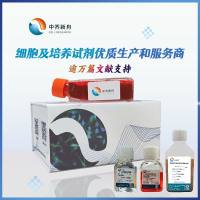Use of Repetitive Element Palindromic PCR (rep-PCR) for the Epidemiologic Discrimination of Foodborne Pathogens
互联网
互联网
相关产品推荐

Recombinant-Haemophilus-phage-HP1-Uncharacterized-11.1-kDa-protein-in-rep-hol-intergenic-regionUncharacterized 11.1 kDa protein in rep-hol intergenic region Alternative name(s): ORF10
¥9660

YBX1/YBX1蛋白Recombinant Human Y-box-binding protein 1 (YBX1)重组蛋白YB-1;CCAAT-binding transcription factor I subunit A;CBF-A;DNA-binding protein B;DBPB;Enhancer factor I subunit A;EFI-A;Nuclease-sensitive element-binding protein 1;Y-box transcription factor蛋白
¥1836

人II型糖尿病(晚发性、胰岛素抗性)定量PCR芯片试剂盒
$240

rQ MagSi-NA Pathogens (10x96 preps)
¥39802

Recombinant-Human-UBX-domain-containing-protein-8UBXN8UBX domain-containing protein 8 Alternative name(s): Reproduction 8 protein; Rep-8 protein UBX domain-containing protein 6
¥11186
相关问答

